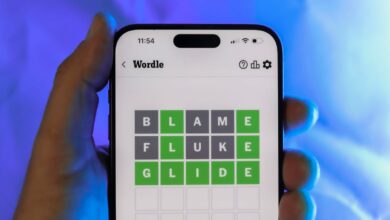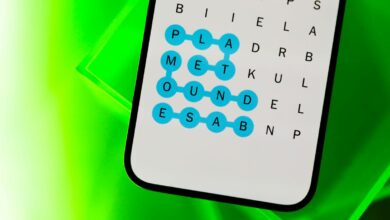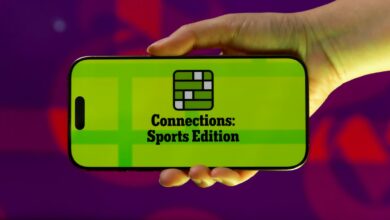Running Gear Guide: How I'm Beating the Summer Heat
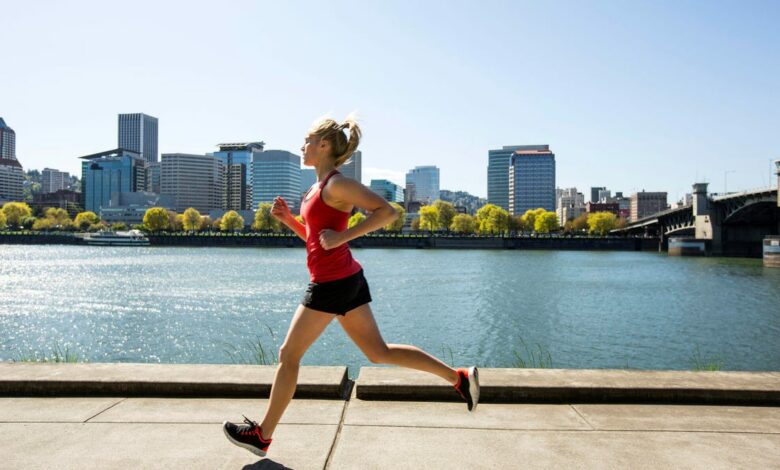
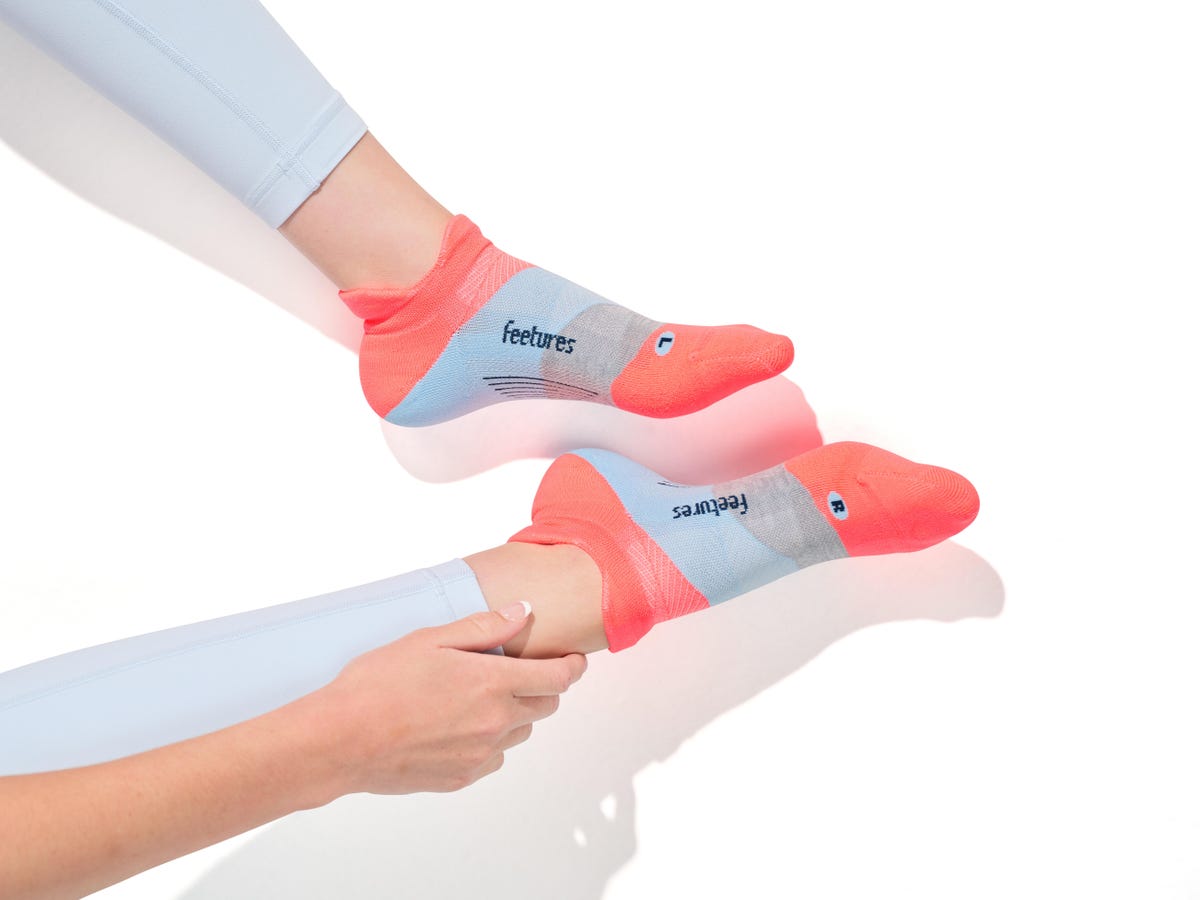
It’s August, which means if you’re gearing up for a fall marathon like I am, your training is now in full swing. Unfortunately, the summer heat is at full blast now too.
Many parts of the country are dealing with record-high temperatures and heat indexes, along with poor air quality. Those conditions can make it uncomfortable — and even unsafe — to get your miles in whether you’re training for a World Major or just a local 5K.
There are things you can do to stay safe in the heat: Make sure you’re getting enough fluids and electrolytes, run early in the day or after the sun goes down, and when in doubt don’t go out. Move your workout to a gym treadmill or take that rest day you probably needed anyway.
But the right year is essential too. Clothing that breathes with you and wicks away moisture can help you stay cool, along with hats and sunglasses that keep harmful sun rays off your face. Needless to say the right container for water and sports drinks is key and you should always wear sunscreen.
To help you beat the heat, I’ve updated the guide to my favorite running gear to add some new products specifically designed for summer. Don’t worry, my old favorites are here too.
As someone who writes about technology for a living, I’m always amazed at the amount of tech that goes into these products, from sneakers to GPS trackers and runner nutrition. Sure, I admit I wasted some money along the way, but a lot of that tech helped get me through months of tough training and — in the case of the TCS New York City Marathon and Boston Marathon — two of the toughest runs of my life.
I tested many of these products while training for those races and now I’m back at it again, giving new gear a go as I look to beat last year’s NYC time in November. I’ve also gotten some help from friends in my neighborhood running club, many of whom are much more experienced (and faster) runners than I am.
Whether you’re shopping for yourself or looking for a gift for your favorite runner, here’s a handful of great ideas designed for the dog days of summer.

It’s a fact: Runners love socks.
Runners love socks
Running, especially long-distance running, requires you to take good care of your feet, and that starts with socks.
Priced at about $18 each, Feetures’ colorful and long-lasting socks are my go-to for training and racing. Specifically, the “Elite” versions of the socks offer targeted compression that helps protect and support your feet as you run, without feeling too heavy. They always turn up at my run club’s gift swaps and birthday parties.
This time of year, I opt for Feetures’ Ultra Lights, which keep my feet cool while wicking away moisture. These were the only socks I used to train for and run both of my previous marathons.
Another great option that I’m wearing now are Smartwool’s zero cushion Run Low Ankle Socks, which have a super-soft and light feel. You might not think that socks made from a Merino wool blend would work in the summer heat, but they do.
I’ve done a handful of miserably hot runs in a pair of these and they’ve managed to keep my feet dry and blister free. They’ve also survived several runs through the washer and dryer without shrinking, as wool socks can be prone to do.
Shoes are all about the runner
I can tell you what kinds of kicks my friends and I used to train for the marathon, but it doesn’t matter.
A size 9 in one brand may fit completely different than in another. Shoes that your best friend, or even a world-class marathoner, thinks are amazing, may feel torturous for you to walk in. For this reason, you should never try to buy shoes as a gift for someone.
If the runner in your life wants shoes, get them a gift card to their local running store, where someone with expertise can measure their feet; analyze how they stand, walk and run; and then give them several different pairs to try on.
The fitting technology used by many stores has come a long way. Early in my marathon training, I got an up-close look at the system used by Fleet Feet, a national chain of running stores. It uses artificial intelligence to compare a 3D scan of your feet to those of millions of other customers, along with the store’s inventory.
The AI matches, combined with the expertise of the store employee using the technology, helped me find a great pair of shoes that ultimately carried me through much of my training.
Safety can be fun
Running gear needs to be comfortable and practical, but it can be fun, too. One of my favorite toys is the Tracer2 light-up vest from Noxgear, which is a must for folks looking to avoid the sun and run at night. Its rechargeable LED lights flash in a rainbow of fun colors. They can be seen a quarter mile away and last up to 20 hours on a single charge.
At $60 it’s not cheap, and I’d recommend adding on the optional Tracer Lamp ($30) that clips on the front. It’s super bright and can be aimed down to help you spot cracks in the sidewalk and to avoid blinding fellow runners who might try to look directly at you.
The vest, which includes reflective straps, fits me perfectly and doesn’t slide around like a less expensive version I used previously that was made by another company. In addition to running, I’ve used the Tracer2 for late night walks with my dog. Speaking of the dog, the company also makes a canine version of the vest ($60). It slips on and adjusts easily, and my untrained and energetic puppy tolerates hers pretty well.
My teammates would be upset if I didn’t mention Noxgear’s 39G wearable Bluetooth speaker ($54). It kicks out a surprising amount of sound for its size. Instead of using headphones or earbuds that could block out the sound of an approaching car or another threat, you can use the speaker to listen to your tunes while also staying aware of what’s going on around you.
Fashionable and functional
The right clothes are key to staying cool. For me that means tanks and shorts. And my new favorite running top for summer is Smartwool’s Women’s Active Ultralite Racerback Tank. It’s close to paper thin with a loose cut, so it has an airy feel.
Like Smartwool’s socks, the tank’s material is a super-soft Merino wool blend. That’s important when you’re sweating through a lot of miles. Material that’s even the slightest bit rough can cause painful chafing on your upper arms as you run. I still need to take this tank on a double-digit mile run, but I did get through 5 miles in the crazy heat without any raw spots.
Heads up that these tanks run big and long, which is part of what gives them their breezy quality, but you still might want to size down.
Hats are a must this time of year, and Mission makes a line of baseball hats with built-in cooling technology. It activates when you soak the hat in water. This came in handy a lot last summer. During one especially miserable 15-mile run, I pulled mine off, plunged it into the spray of a busted fire hydrant and felt instantly better when I put it back on.
Just be aware that the cooling effects don’t last very long, so be prepared to keep soaking them if you’re out on a long run.
Though I didn’t need to chill my head for my November marathon, my hot pink Mission Sprint hat kept sweat out of my eyes and hair out of my face and helped my friends and family find me in a sea of people.
You’re also going to need some shades. Popular with my team is Goodr’s line of active sunglasses. At $25, they’re a steal. They block harmful UVA and UVB rays, don’t slip down your nose when it gets sweaty and come in a slew of fun colors and frames. But they don’t last forever, particularly if you buy the ones with mirrored lenses, which scratch easily. Store them in the fabric pouch that comes with them to minimize wear and tear.
In terms of logistics, one of the toughest things about running any long race is figuring out how to carry all the stuff you need along the way, like water, gels and salt tablets, along with your probably way-too-heavy phone. Recently, I’ve had luck with Nathan’s Zipster Lite ($20). It doesn’t hold a ton, but it stays put and doesn’t make me look like I’m wearing Batman’s utility belt.
You could also opt for shorts or tights with lots of built-in storage. My Boston Marathon outfit included a pair of compression shorts from Flipbelt. The company made its name by producing stretchy running belts designed to hold everything you might need for a long run.
But I’ve had problems in the past with them stretching out and riding down in the middle of a race. The shorts and tights solve that problem by building that same storage into compression bottoms that stay in place. The shorts’ side pockets managed to securely hold the half-dozen energy gels I needed for Boston, while my ID, cash and other small items were safely stowed in the back zip pocket. Smaller waist pockets held chews and salt tablets.
While they rode up just a little bit, these shorts were a great substitute for a running belt. Months later, they’re still in great shape and are now my go-to pair for race days.
Snacks for the road
Arguably, the most important snack for a runner this time of year is water. Whether you opt for a flask that tucks into a pocket, a multi-liter hydration backpack or just a plain hand-held bottle, you need something.
Over the past year, I’ve tried all of these options. My favorite right now is Nathan’s ExoShot 2.0 Handheld 14oz bottle. It’s a soft flask that’s held in a fabric case. There’s an adjustable strap that goes around your hand, so you don’t really have to cling on to it while you run. It’s easy to squeeze and drink from.
Best of all, it doesn’t leak and you can throw it in the dishwasher. I’d use this bottle a lot more if my teenage daughter hadn’t stolen it for her own runs, which is probably the best endorsement you can give a water bottle these days.
Distance running is a strange sport in the sense that you have to eat while doing it. Calories, carbs, electrolytes, salts and other nutrients need to be replaced along the way or you’re just going to run out of gas. And this is all particularly important when it’s crazy hot outside.
Everyone has their favorite products and ways to do this. I have friends who will eat “real food,” like peanut butter and jelly sandwiches and beef jerky during long runs. In Boston, a handful of running groups were handing out doughnuts (Dunkin’, of course). I even saw a few runners chug beers and do free shots of Fireball while running the New York marathon. (I wouldn’t recommend this!)
But a lot of us who turn green at the thought of consuming anything substantial while bounding down the road rely on gels and chews specifically designed for runners.
A lot of my team likes Gu gels. I’m a fan of Skratch Labs energy chews. They taste less like chemicals and more like gummy bears. And some of my favorite products come from Untapped, a maple syrup company based in, you guessed it, Vermont. Its
coffee-spiked maple syrup athletic fuel gives me the zip I need without including chemicals I can’t pronounce. I buy it by the case.
Some runners who really don’t like gels look to help from their kids’ lunch boxes and go with applesauce and other kinds of fruit pouches, but the fact while these score points for being “real food,” most don’t offer enough in terms of carbs and electrolytes that traditional running gels do. The folks at GoGoSqueez aim to fix that with their three “Active” flavors, which contain a blend of electrolytes.
I shared a few boxes of these with my running club. While most of us really liked the taste and found that they go down easily (especially for the gel haters), they’re considerably heavier and take up more space in your pockets than a gel would, while not offering as much in the way of calories. As a result, I don’t think I would carry these with me during a race, but they might be good for a gym workout, and we stocked our team cheer station with them for a recent half marathon.
In preparation for Boston, I trained with gels made by Maurten because that’s what was going to be handed out along the course. While other brands offer a Baskin-Robbins-like variety of flavors, Maurten comes in just one, which doesn’t really taste like anything but isn’t super sweet. It’s also a thicker consistency, which I can only describe as kind of like a pudding cup that’s been stepped on. It takes some getting used to, but I’ve found it to be easy on the tummy.
I’m generally not a fan of traditional hydration drinks. Too many chemicals and unnatural neon colors. And while I know I need to replace the salt I sweat away during long runs, especially as the weather warms, many products almost taste like the ocean to me.
But I’ve recently taken a shine to GoodSport’s drinks. They don’t contain artificial dyes or flavors, and while they do contain the sugar, carbohydrates, salt and electrolytes I know I need, they don’t overdo it. They’re on the sweet side, but taste good going down, and they kept me going through my longest training runs.
So when the sun started beating down in Boston, and I knew I was going to need extra salt and sugar to get through it, I called an audible and switched out my personal stash of water with a strawberry lemonade bottle of GoodSport, topping it off along the way with water until it ran out, and I had to switch to the sports drink offered on the course.
Speaking of salt, runners who opt for water instead of sports drinks might want to consider salt tablets. While I admit I often forget to take them during races, I try to pop one every couple miles, and my friends swear by them for warding off cramps. These lemon-lime flavored ones from SaltStick taste like a margarita. I also like its orange flavor.

